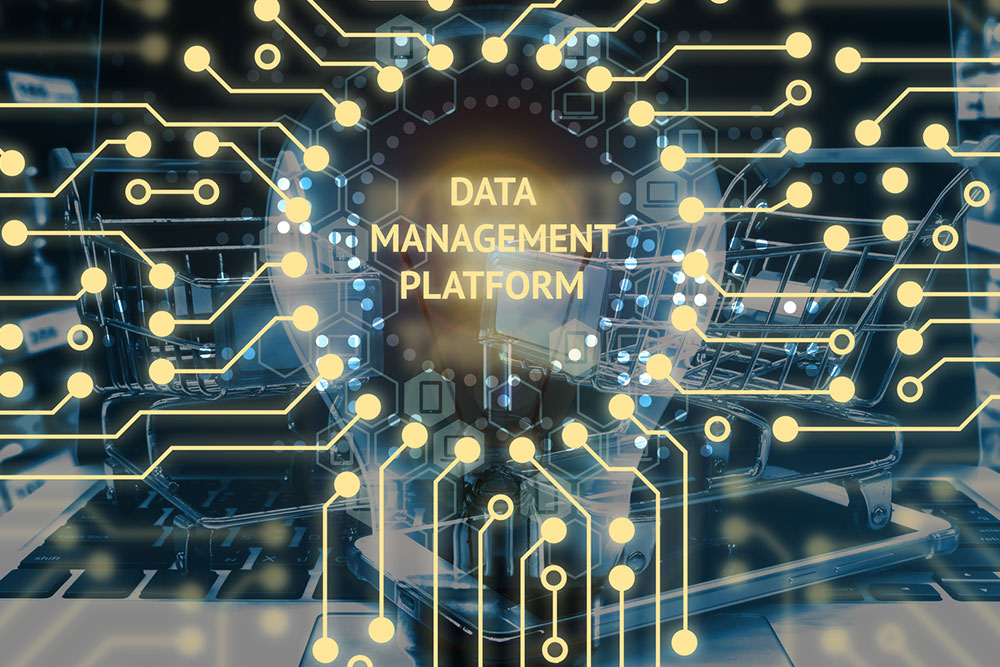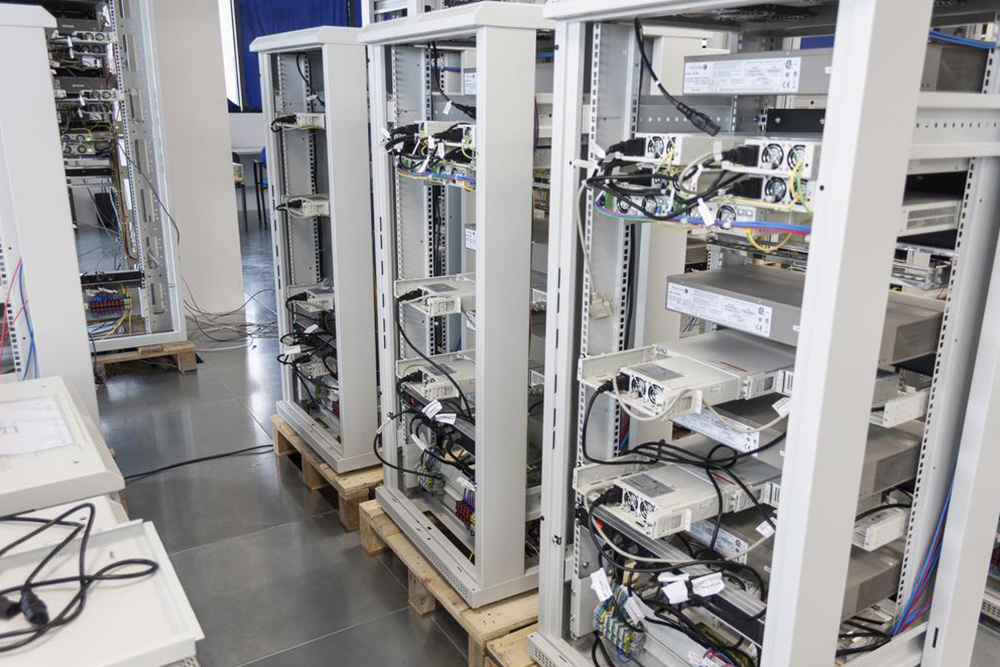Cutting-Edge Digital Identity and Access Management Technologies: Features and Benefits for Modern Organizations
Modern organizations require advanced digital identity and access management solutions to protect sensitive data across hybrid work environments. These systems offer key features like user identity management, role-based access control, multi-factor authentication, and comprehensive monitoring. Implementing such solutions enhances security, streamlines access control, and safeguards organizational assets effectively in today's digital age.

Revolutionizing Digital Security with Advanced Identity and Access Control Solutions
In today's digital-driven world, large-scale organizations are repositories of highly sensitive data, including confidential financial information, customer records, employee profiles, proprietary market data, and stock information. Protecting these critical assets from cyber threats and internal security breaches has become a paramount concern for organizations of all sizes. Traditional security measures, such as firewalls and antivirus programs, are no longer sufficient in safeguarding the complex and dynamic digital environments that modern enterprises operate within.
The Need for Robust Identity and Access Management (IAM) Systems
As workplaces evolve into hybrid models with remote and on-site workforces, the challenge of maintaining secure and flexible data access increases significantly. Employees now access corporate resources via various devices—from desktops and laptops to tablets and smartphones—from different locations worldwide. This decentralized access environment demands more sophisticated security protocols that adapt to the flexible operational landscape.
Integration of IAM solutions with organizational ERP systems ensures that authorized personnel can efficiently access relevant data while preventing unauthorized access from malicious actors. This integration creates a seamless security ecosystem that balances accessibility with protection, which is essential in today's fast-paced business environments.
Core Features of Modern Digital Identity and Access Control Systems
User Identity Management
At the heart of any IAM system lies a comprehensive user directory—often called an identity repository—that maintains detailed profiles of all users within the organization. This centralized database facilitates the efficient management of user information, allowing administrators to add, update, or remove user accounts swiftly. Additionally, role-based access controls are configured to assign permissions based on individual job functions, responsibilities, or departments, significantly enhancing security by ensuring users only access what they are authorized to view.
User Provisioning and De-provisioning
Dynamic access management is a critical feature of advanced IAM solutions. Role-based provisioning enables automatic granting of permissions when a new employee joins or restructuring occurs. Similarly, de-provisioning ensures prompt revocation of access when an employee departs or changes roles, minimizing potential security vulnerabilities. This dynamic approach is especially crucial in hybrid work environments, where rapid adjustments to access rights are often needed to reflect organizational changes.
User Authentication Methods
Secure authentication mechanisms confirm user identities before granting access. Modern IAM systems employ multi-factor authentication (MFA), biometric verification (such as fingerprint or facial recognition), or strong password policies to prevent unauthorized access. MFA enhances security by requiring users to verify their identity through multiple proof points, dramatically reducing the risk of credential theft or phishing attacks.
User Authorization
Once authenticated, users are granted access based on predefined permissions aligned with their roles. If an unauthorized user attempts to access restricted data or systems, the IAM system immediately blocks this attempt, protecting sensitive information from misuse or theft. This role-based authorization process ensures that employees access only the resources necessary for their work, adhering to the principle of least privilege.
Monitoring and Reporting
Effective security requires continual oversight. Modern IAM systems generate detailed reports on user activities, including login times, accessed resources, and audit trails. Security teams analyze these logs to detect suspicious behaviors or potential breaches, enabling proactive responses. Regular reporting helps organizations comply with industry regulations and internal security policies, ensuring continued data protection.
Advantages of Implementing Advanced IAM Systems
Enhanced Data Security
By providing multiple layers of security—from strong authentication to role-based access controls—IAM solutions significantly reduce the risk of data breaches. They defend against external cyber threats and mitigate insider risks, ensuring that organizational data remains protected against evolving cyberattack techniques.
Operational Efficiency and Automation
Automation of identity management tasks reduces human error and administrative burden. Organizations can streamline onboarding/offboarding processes, manage permissions at scale, and respond swiftly to organizational changes. This automation not only saves time and resources but also ensures consistent enforcement of security policies across all systems.
Empowering Security Teams
Automated activity tracking and alerts improve cybersecurity vigilance. Security professionals can focus on strategic initiatives and threat mitigation rather than manual log reviews. These systems support a proactive security posture by providing real-time data and insights, enabling organizations to address vulnerabilities promptly.





